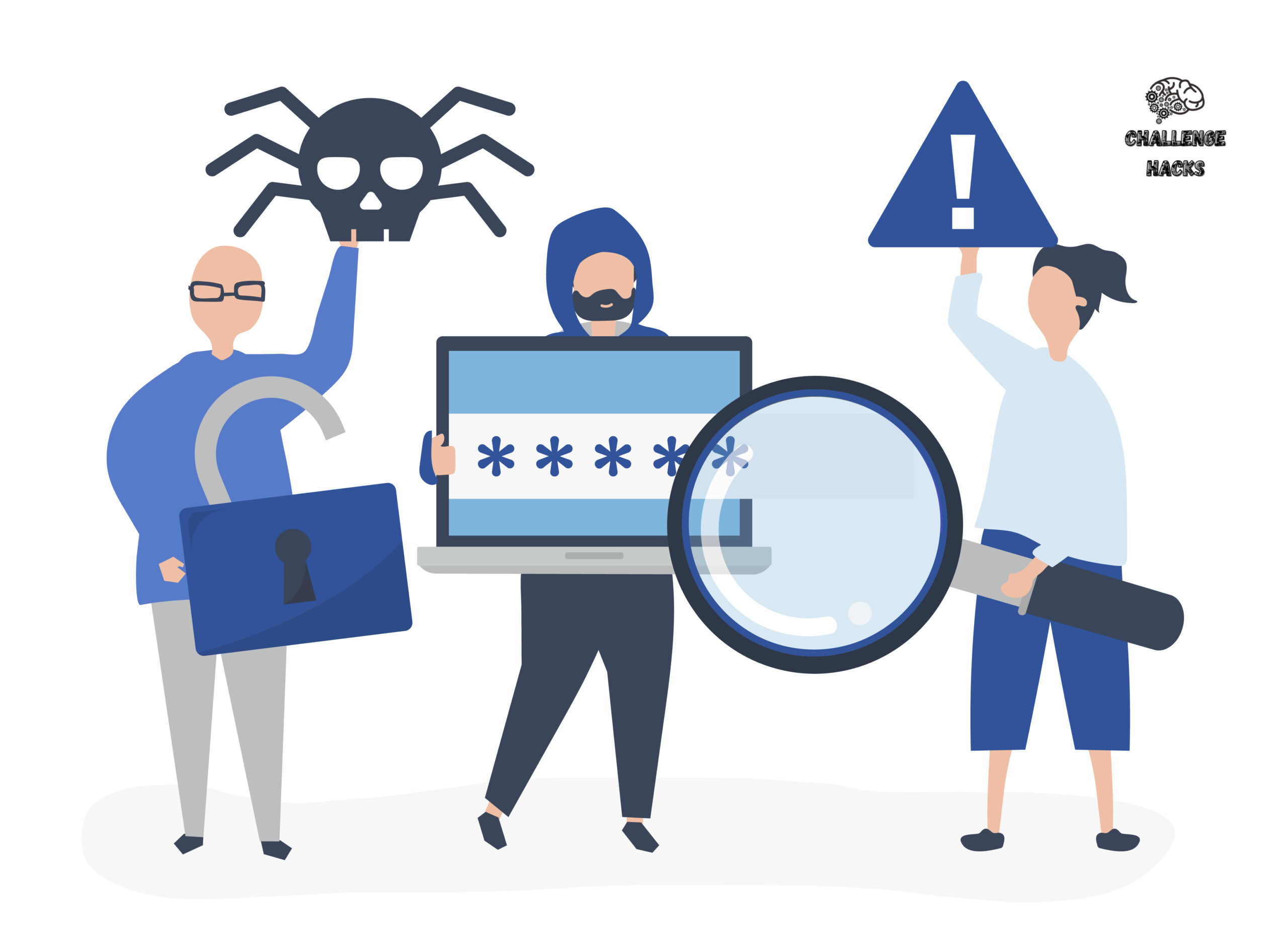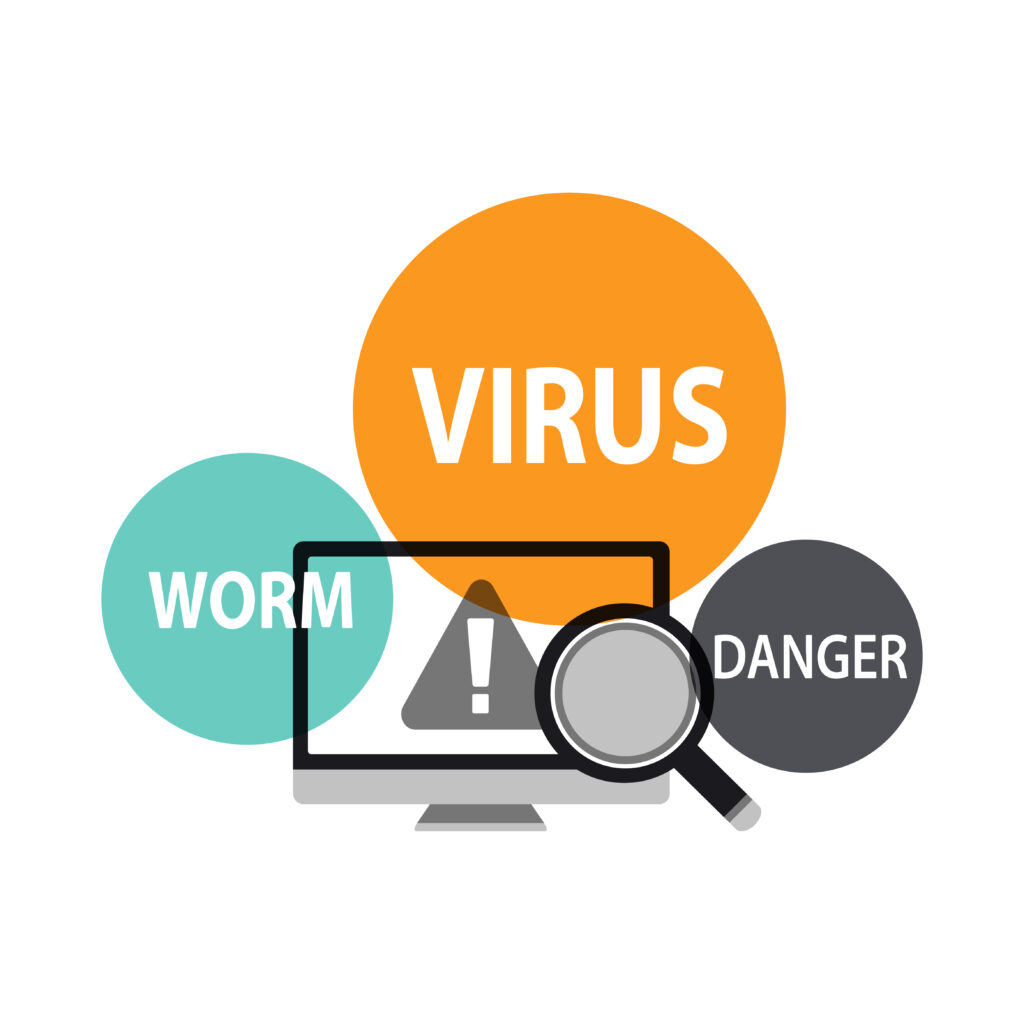
Navigating the Intricacies of Digital Defense: Unmasking the Shadows of Malware. Within the digital realm, the clandestine world of infections poses a formidable threat to the integrity of computer systems and data. Yet, armed with the right knowledge and tools, one can mount a counteroffensive to safeguard their system. This foundational guide unfolds the essentials, leading you through the art of identifying, dissecting, and eradicating malware from your digital domain.
Table of Contents
What is a Virus?
Malware, often known as infections, can be incredibly destructive and do terrible harm to computer systems and data. They can propagate fast within an organization and cause widespread obliteration since they are frequently hidden in communications, downloads, or advertisements. In this guide, we’ll outline the fundamentals of how to spot, identify, and get rid of infections on your computer.
Mastering the Art of Digital Vigilance: Recognizing, Understanding, and Warding off Threats. The ability to discern, comprehend, and proactively counter digital threats holds immense significance. Armed with the right knowledge and tools, you possess the capability to fortify your PC against the deleterious onslaught of malware.
How Do Viruses Function?
We frequently consider the web a huge reality where we can investigate, learn, and interface with others from around the globe. Be that as it may, this huge world can likewise represent a few serious dangers to our PC frameworks and information. Perhaps the main risk we face is that of infections, otherwise called malware. (Hacking Viruses)
These malicious programs, which usually appear as messages, downloads, or advertisements, are meant to contaminate and damage PC frameworks and data. Once within a framework, viruses can replicate and propagate to other frameworks and files, resulting in damage ranging from obtrusive pop-ups to the complete destruction of a framework’s hardware and documents.
Unlocking the Essentials of Cybersecurity Mastery: Acquiring the Insight and Skills to Identify, Analyze, and Eradicate PC Infections. Delving into the nuances of these digital perils is paramount, and possessing the expertise to not only recognize but also dissect and eliminate infections from your PC is a skill set of great significance. This guide meticulously breaks down the fundamentals, providing a roadmap for navigating the realm of cybersecurity with precision.
How Do Viruses Get Found?
Embarking on the ever-shifting terrain of the internet, it is imperative to maintain a vigilant awareness of the risks that cast a shadow over our computer systems and data. Among the paramount threats that loom large in this dynamic landscape is the subtle adversary known as malware, a formidable contender demanding our attention and caution.

These dubious projects, which usually seem like notifications, downloads, or promotions, are meant to contaminate and damage PC frameworks and data. (Hacking Viruses) Once within a framework, viruses have the ability to replicate and propagate to other frameworks and documents, resulting in damage ranging from obtrusive pop-ups to the complete destruction of a framework’s hardware and data.
Understanding the warning indicators is essential to protecting your system from diseases. These can include unexpected detours while browsing the web, sluggish framework performance, and shocking pop-up advertisements.
Furthermore, the arsenal of anti-virus software extends beyond mere detection; it stands as a sentinel, identifying potential infections and aiding in their swift removal from your system. This indispensable guide meticulously dissects the fundamentals, unraveling the intricacies of recognizing, analyzing, and eliminating viruses from your PC. Armed with the appropriate knowledge and tools, you hold the key to fortifying your system against the pernicious influence of these digital adversaries.
How are viruses analyzed?
Eliminating an infection from your system is a crucial yet complicated endeavor involving the use of specialized analysis tools to dissect the infection’s code and conduct. This process also involves identifying its characteristics and contrasting them with those of known infections to determine its origin and the potential harm it can cause. (Hacking Viruses) The information gathered from this process can help you understand the threat the infection poses to your system and develop an effective plan to remove it.
How Can Viruses Be Removed?
infections can be eliminated utilizing a blend of a few strategies. in the first place, it’s vital to recognize and disengage any impacted documents and projects by running an infection examination. hostile to infection programming can likewise be utilized to clear out any tainted documents and fix any harm brought about by the infection.
Occasionally, a holistic cure for the ailment necessitates a complete system restoration. Safeguarding against data loss amid the contagion battle calls for the routine fortification of critical data through regular backups before initiating any infection eradication procedures. Furthermore, steering clear of dubious online links and exercising caution by setting alerts when accessing emails or downloading files from unfamiliar sources is sage advice to navigate the digital landscape securely.
How Can Viruses Be Avoided? (Hacking Viruses)
There are multiple ways of trying not to experience and gain infections. to begin with, it’s critical to utilize alerts while opening messages or downloading documents from obscure sources. never click on dubious connections or download records without confirming their source. second, it’s vital to use a firewall and hostile-to-infection programming to safeguard your PC from online dangers. third, keep your PC’s working framework and programming in the know regarding the most recent security fixes and updates. fourth, instruct yourself about the most recent network safety dangers and follow best practices for safeguarding your frameworks and information.
The Fundamental Manual for Hacking VIruses Illnesses is an extensive resource that offers a comprehensive grasp of hacking illnesses, their traits, and the techniques employed to spread them. It covers everything from the fundamentals of viruses to the most sophisticated high-level hacking tactics. Accurate contextual investigations and industry experts’ pearls of wisdom are also included.
Here’s a summary of the essential guide to hacking viruses :
- Understanding the anatomy of a hacking virus and how it infects a computer
- Common types of hacking viruses include worms, Trojan horses, and keystroke loggers
- Tips for detecting hacking viruses include identifying suspicious email attachments, keeping software up to date, and using firewalls and anti-virus software
- Real-world case studies of hacking virus attacks including the infamous Stuxnet attack and the recent WannaCry and Petya attacks
- The impact of hacking viruses on businesses and individuals includes financial losses and potentially irreversible damage to important data and systems
- Discussion of the motivations and methods used by hackers, including profit, political and ideological reasons, and the use of malware-as-a-service to increase hacking efficiency.
- Insights from industry experts on the latest advances in cybersecurity technology and techniques, including the emerging use of artificial intelligence and machine learning in detecting and fighting hacking attacks.
- So whether you’re a cybersecurity professional, a system administrator, or simply interested in learning more about the latest hacking threats, The Essential Guide to Hacking Viruses is a comprehensive resource that provides an in-depth understanding of hacking viruses, their characteristics, and the methods used to spread them.
Conclusion:
In the grand scheme, viruses wield an incredibly malevolent potential, capable of wreaking havoc on PC systems and data. Their insidious nature often veils them within innocuous-seeming emails, downloads, or advertisements, enabling swift and widespread dissemination throughout networks, leaving a trail of significant damage in their wake.
Awareness of these perils and the ability to adeptly identify, analyze, and eradicate infections from your PC is paramount, given their capacity to inflict harm on your system and data.
Effective strategies for steering clear of viral threats involve exercising caution when opening emails or downloading files from unfamiliar sources, staying informed about the latest cybersecurity risks, and implementing best practices to fortify your systems and data. Regularly scanning your computer for malware, coupled with the use of firewall and anti-virus software, forms a crucial line of defense against potential infections.
By adhering to these fundamental precautions, you erect a robust barrier, shielding your PC system and data from the ominous clutches of viral onslaughts.



3 thoughts on “The Essential Guide to Hacking Viruses”